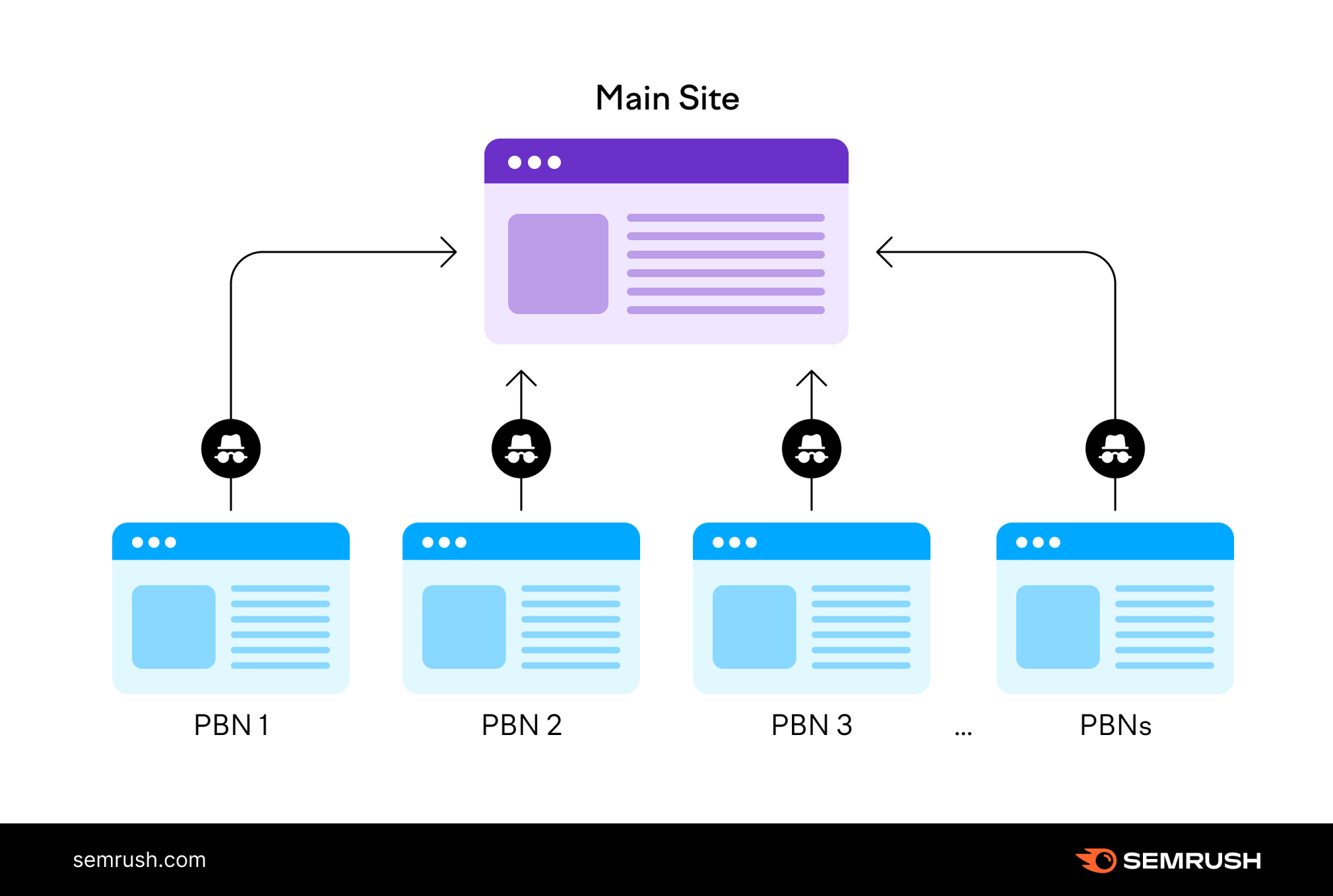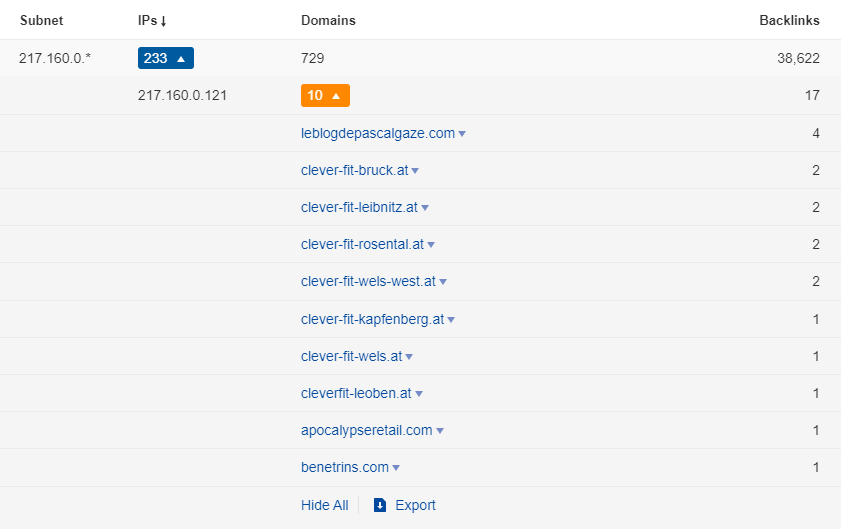All Categories
Featured
Table of Contents
- – Who Is The Most Reliable Advanced Semantic Seo...
- – Who Makes The Top Semantic Seo Audits
- – What's The Leading Semantic Search Algorithms...
- – Which Is The Leading Semantic Seo Strategies ...
- – Semantic Seo Content Analysis
- – What Is The Most Recommended Semantic Seo An...
- – How To Choose The Top Semantic Search Strate...
The web is transforming, coming to be increasingly more semantic. SEO is also transforming and ending up being much more semantic. This is due to the fact that search engines have actually progressed and are moving an increasing number of in the direction of reviewing material on the internet. Obviously, that has actually likewise altered the method we create web content, especially if we desire to rate better in the internet search engine.
, the pioneer of the Web, talked of to stand for the concept that all points in the universe are deeply interconnected. Intertwingularity is not typically recognized, people keep claiming they can make things deeply hierarchical, categorizable and consecutive when they can't. Whatever is deeply intertwingled. Based on the partnerships in between search purposes, the search engine prefers a material ready by determining the distance between the vectors of significance.
It enables you to see, beginning with a subject, all the entities that relate to that subject. By doing this you can clearly see which entities/concepts/ideas have currently been covered on your website, and you can uncover new possibilities by recognizing what content you can add and how to develop it.
Who Is The Most Reliable Advanced Semantic Seo Service
It has the ability to make your material understandable for search engines on the one hand and for your audience on the other. Structuring your content model highlights your web content and its hidden connections so that online search engine can identify you among hundreds of items of information, making you much more noticeable to individuals who fulfill the search intent associated to your organization.
In semantic search engine optimization copywriting, an editor begins with a broader variety of subjects and tailors the content to include semantically appropriate terms and phrases that aid viewers comprehend a topic, comparable to reviewing material in a wiki. From a web content creating perspective, one practical method to do this is to produce a vocabulary of terms and concerns bordering your target subject.
Who Makes The Top Semantic Seo Audits
Discover more concerning by watching the by!.

Semantic search refers to the procedure of exactly how internet search engine understand and match keyword phrases to a searcher's intent in organic search engine result. Before semantic search, online search engine like Google operated like matchmakersaligning specific words in your inquiry with those exact words on pages. The outcomes were uncomplicated however typically lacked deepness.
What's The Leading Semantic Search Algorithms On The Market
It makes it possible for Google to supply fast, precise responses to search questions concerning real-world subjects. When you kind a question word into Google, you're not just getting in a series of words.
When you look for "Apple," Google doesn't just see a word that describes a fruit. It recognizes Apple as a firm and can offer associated information. Like the name of its chief executive officer, Tim Chef, or its latest stock costs. Google introduced the Hummingbird update in 2013. It was Google's response to the surge of voice searches, where questions became extra conversational and nuanced.
Which Is The Leading Semantic Seo Strategies Plan
By incorporating NLP, Hummingbird allowed Google to move past mere keyword matching. It assisted the search engine comprehend search intent, boosting the chances that results would accurately match the factor behind a customer's search.
Making it a lot more effective at taking care of never-before-seen search inquiries. RankBrain considers more than just search phrases when analyzing a search inquiry.
It brings outcomes that match the key words and line up with the overall intent of providing young puppy training recommendations. And if the individual regularly looks for dog-related web content, Google may focus on a lot more detailed training guidesrecognizing the individual's continuous passion in the subject. Incorporating modern technologies like the Understanding Graph, Hummingbird, and RankBrain, semantic search aids the Google formula analyze and connect data across a large internet of details.
Semantic Seo Content Analysis
The emphasis changes from keyword option to an alternative approach including individual intent, topical importance, and total user experience. Producing material that addresses the searcher's requirements with extensive information can boost your SERP positions. Listed below, we lay out the trends and techniques that combine the requirement for semantically educated content. Later, we provide actionable ideas to turn these understandings into ideal techniques.
And sort of web content can best satisfy their needs. A more comprehensive strategy to content aligns better with semantic search's change far from specific keyword matching and toward individual intent. Which clarifies the increased concentrate on subject clusters, as opposed to individual key phrases. Web content that covers search inquiries better not only satisfies customers.
UX intends to produce a visually attractive, easy to use user interface with interesting, high quality web content that urges visitors to remain. Semantic search technology allows search engines to aim for results that provide the best feasible UX.
What Is The Most Recommended Semantic Seo Analysis Service For The Money

All display Google's capacity to address a topic question comprehensively. By understanding the context and intent behind individual queries, search engines can provide much more relevant details and potentially enhance user engagement. Customization in search results page makes for much better UX.Based on your past search history and choices as a customer, semantic search helps online search engine customize the outcomes to suit your one-of-a-kind needs and rate of interests.
So it fetches results that match the keyword phrases and line up with the overall intent of giving young puppy training guidance. And if the customer frequently searches for dog-related content, Google may prioritize extra comprehensive training guidesrecognizing the user's ongoing interest in the topic. Integrating innovations like the Understanding Graph, Hummingbird, and RankBrain, semantic search assists the Google formula translate and connect information across a substantial internet of details.
How To Choose The Top Semantic Search Strategies
The emphasis shifts from keyword selection to a holistic approach incorporating user intent, topical relevance, and general customer experience. Developing content that attends to the searcher's requirements with comprehensive information can improve your SERP rankings. Below, we detail the trends and techniques that combine the demand for semantically informed material. Later, we give workable suggestions to turn these understandings into best practices.

A more comprehensive approach to material aligns much better with semantic search's shift away from exact search phrase matching and towards individual intent. Material that covers search queries a lot more completely not only satisfies customers.
UX intends to produce a visually attractive, user-friendly interface with engaging, quality material that encourages site visitors to stay. Semantic search modern technology makes it possible for search engines to aim for results that provide the finest feasible UX.
All display Google's capability to resolve a topic query thoroughly. By understanding the context and intent behind user queries, internet search engine can deliver extra appropriate information and potentially raise user engagement. Customization in search results creates far better UX.Based on your previous search background and preferences as an individual, semantic search aids internet search engine customize the results to fit your unique needs and passions.
Table of Contents
- – Who Is The Most Reliable Advanced Semantic Seo...
- – Who Makes The Top Semantic Seo Audits
- – What's The Leading Semantic Search Algorithms...
- – Which Is The Leading Semantic Seo Strategies ...
- – Semantic Seo Content Analysis
- – What Is The Most Recommended Semantic Seo An...
- – How To Choose The Top Semantic Search Strate...
Latest Posts
Top Semantic Keywords Deals Near Me
Top Semantic Search Engine Optimization Sales Near Me
How Is The Most Reputable Seo For Semantic Search Company
More
Latest Posts
Top Semantic Keywords Deals Near Me
Top Semantic Search Engine Optimization Sales Near Me
How Is The Most Reputable Seo For Semantic Search Company